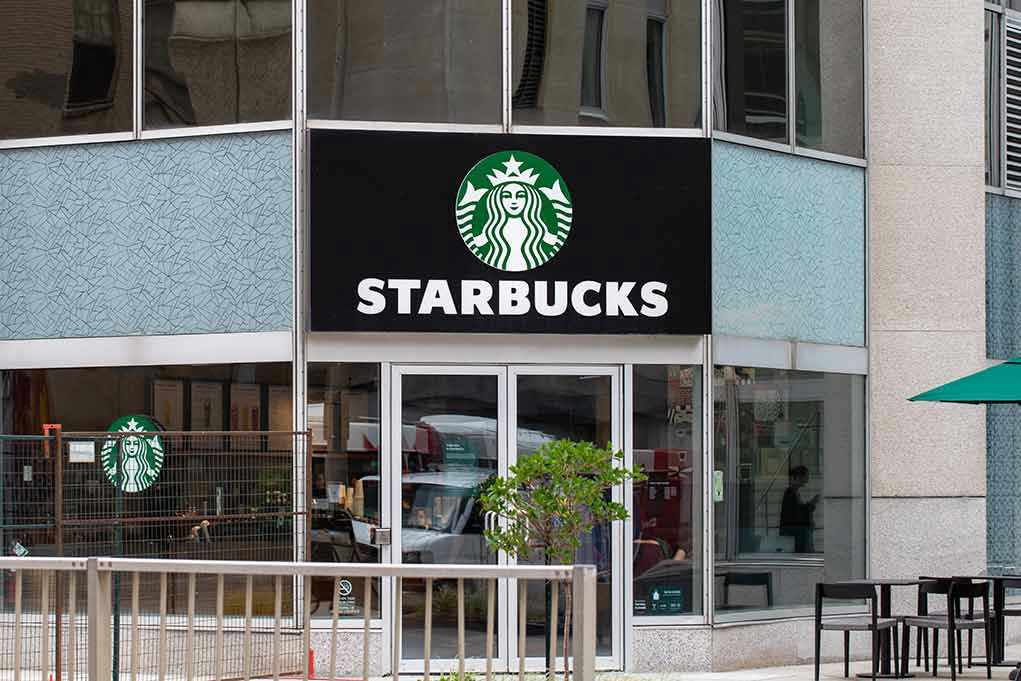
Starbucks’ decision to slash 900 jobs and close hundreds of stores, including an iconic roastery, exposes the harsh realities of failed corporate strategies and the ripple effects of misguided economic policies that have hit American workers and communities hardest.
Story Highlights
- Starbucks announces a $1 billion cost-cutting plan, eliminating 900 corporate jobs and closing hundreds of stores in North America.
- The closures include at least one flagship roastery, signaling a shift away from premium retail experiences.
- Unionization efforts and rising labor costs contributed to financial pressures driving the restructuring.
- Implementation of layoffs and closures begins Q4 2025, with severance and support for affected employees.
Starbucks’ Cost-Cutting Plan Targets Jobs and Community Hubs
Starbucks announced a sweeping restructuring plan to eliminate 900 corporate jobs and shutter hundreds of underperforming stores across North America. The initiative, totaling $1 billion, marks the largest downsizing in company history and includes the closure of a flagship “roastery” location. This move is a direct response to slowing sales growth and operational costs that have soared since early 2024, a trend fueled by inflation and rising labor expenses. Communities that rely on local Starbucks stores for both employment and gathering spaces now face significant disruption as the company prioritizes efficiency over its traditional retail footprint.
Unionization and Rising Costs Complicate Starbucks’ Future
Since 2021, Starbucks has seen a surge in unionization efforts among its workforce, with hundreds of stores voting to unionize. These actions have increased labor costs and complicated management relations, adding to the financial strain the company faces. As part of the restructuring, the finalized list of closures is expected to target both underperforming and unionized locations. The company’s leadership, including CEO Laxman Narasimhan, has emphasized the need to adapt to a rapidly changing retail environment and restore sustainable growth. However, union representatives and labor advocates warn that aggressive cost-cutting could escalate labor disputes and damage morale, potentially fueling further unionization efforts.
Economic Pressures and Shifting Consumer Preferences
Persistent inflation, wage growth, and changing consumer preferences have squeezed Starbucks’ profit margins, particularly in North America. Younger customers are increasingly seeking value and alternative coffee experiences, reducing demand for Starbucks’ traditional, premium offerings. The company’s large store network, once a symbol of retail dominance, has become a liability in saturated markets. The closure of the iconic roastery signals a decisive shift away from experiential retail and toward operational efficiency through digital ordering and drive-thru formats. Retail analysts note that this restructuring reflects broader industry trends, as legacy brands struggle to adapt to new economic realities and consumer behaviors.
Community Impact and Broader Industry Implications
The immediate impact of Starbucks’ restructuring will be felt by the thousands of employees losing their jobs and the communities losing local stores. Neighborhoods and commercial districts that depended on Starbucks for economic activity and social connection now face new challenges. Economically, the reduction in payroll and local spending could trigger ripple effects in commercial real estate and small businesses. Socially, the loss of “third place” gathering spaces increases worker anxiety and erodes community cohesion. Politically, the move invites increased scrutiny from labor regulators and local governments, especially in the wake of ongoing debates over unionization and corporate responsibility.
Expert Perspectives: Balancing Profitability and Social Responsibility
Retail analysts and business school professors agree that Starbucks’ restructuring is a necessary response to structural challenges in the coffee and retail sectors. However, labor experts caution that aggressive cost-cutting may backfire by fueling further unionization and harming brand reputation. Brand strategists highlight the risk to Starbucks’ premium image, particularly with the closure of an iconic roastery, while urban studies scholars warn of negative impacts on urban vitality. Investor sentiment generally supports the move for long-term profitability, but employee and union perspectives remain critical, emphasizing job losses and community disruption. The situation exemplifies the tension between corporate efficiency and the traditional values of American enterprise.
Sources:
Bloomberg, “Starbucks Restructures Amid Slowing Sales, Rising Costs,” September 2025.
CNBC, “Starbucks Announces Major Layoffs, Store Closures,” September 2025.
Starbucks Corporation, Press Release, September 2025.
Starbucks Workers United, Official Statement, September 2025.
Harvard Business Review, “Retail Restructuring in the Post-Pandemic Era,” 2025.













